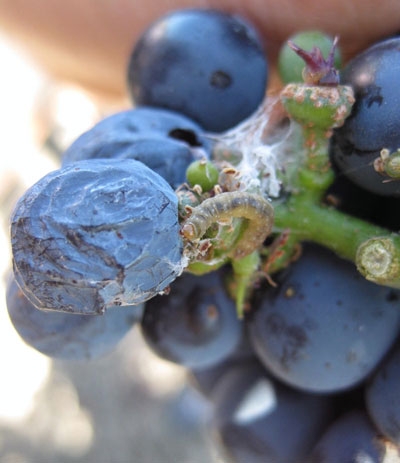A few of California's top vintners admit to having smuggled grapevine cane cuttings into the United States to avoid a long wait for the plant to be cleared by USDA, according to an article that moved on the Associated Press wire over the weekend. The article was published in the Fresno Bee, the New York Times and other media outlets.
Some are wondering if what reporter Tracie Cone wrote is a "winked-at act of sneaking in vines" from Europe may have also imported the European grapevine moth, an Italian pest now threatening Napa vineyards.
The deputy agricultural commissioner for Napa County, Greg Clark, expressed his frustration with the practice of suitcase smuggling.
"There are people who continue to spin their tales of smuggled plant material," Clark was quoted. "People like a story with a glass of wine, and what that tends to do is legitimize behavior that not only threatens the industry, it's illegal. Knock it off."
Director of the UC Davis Foundation Plant Services, Deborah Golino, said some of the plant virus problems in Napa may also result from smuggling.
"The more we move plants around the world, the more chance there is of introducing problems," Golino was quoted.
Other theories about how the pest came to California are swirling around, the story said. In addition to the smuggled grapevine rumors, talk has centered around imported vineyard machinery or even deliberate introduction. Since the first detection of the pest was no where near a seaport, ag officials believe it unlikely the pest was transported on a container ship.
But UC Cooperative Extension viticulture farm advisor Monica Cooper said the moth's life cycle wouldn't be conducive to suitcase smuggling.
"I'm not saying that people don't still try to get suitcase wood in, but in this instance, I'm not sure the pest would be transported like that," Cooper was quoted.
More information and photos of the European grapevine moth are available on the UC Integrated Pest Management Web site.
Attached Images:
